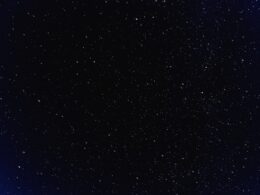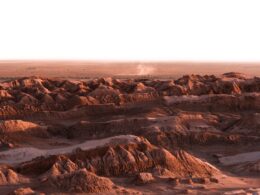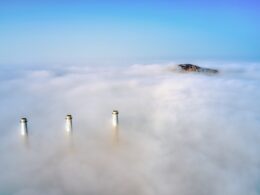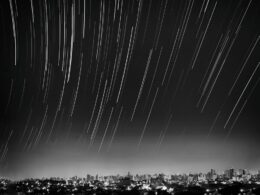In a cosmic twist worthy of science fiction, astronomers have just spotted something extraordinary: what appears to be the first directly observed newborn supermassive black hole, sitting in the heart of a galaxy shaped like an infinity symbol. This groundbreaking find was made possible thanks to NASA’s James Webb Space Telescope (JWST) and its sweeping COSMOS-Web survey, which peered deeper into space—and further back in time—than ever before.
The galaxy in question, already dubbed the “Infinity Galaxy” for its unusual figure-eight shape, isn’t just visually stunning. It tells a wild story: the shape is the result of a head-on collision between two disk galaxies. Right between their merging cores, astronomers have found a dense knot—a region where gas was compressed so violently that it may have collapsed directly into a black hole. “That’s unheard of. This is as close to a smoking gun as we’re likely ever going to get,” said astronomer Pieter van Dokkum.
Challenging Old Theories
The discovery throws a wrench into one of astronomy’s oldest debates: how did supermassive black holes—those millions or even billions of times heavier than our Sun—form so soon after the Big Bang? For decades, the prevailing “light seeds” theory suggested that black holes started small, forming from dying stars and steadily growing over eons. But JWST has revealed massive black holes existing way earlier than that timeline allows.
Now, evidence from the Infinity Galaxy points toward a different process called direct collapse. Instead of growing from smaller star remnants, this model proposes that giant clouds of gas can collapse under their own gravity and instantly birth enormous black holes. If confirmed, this would upend our understanding of cosmic evolution and explain how such behemoths appeared so early in the universe.
A New Cosmic Laboratory
This find gives astronomers an unprecedented “cosmic laboratory” for studying how black holes are born and evolve under extreme conditions—not just in theory, but before their very eyes. As researchers from institutions like the University of Cambridge analyze data on 600 distant galaxies with active cores, excitement continues to build. “It challenges everything we thought we knew about black holes,” one astronomer commented.
With each new JWST image coming in, it seems our universe still has plenty of surprises left. The Infinity Galaxy’s newborn black hole could be key to unlocking some of its oldest mysteries.










